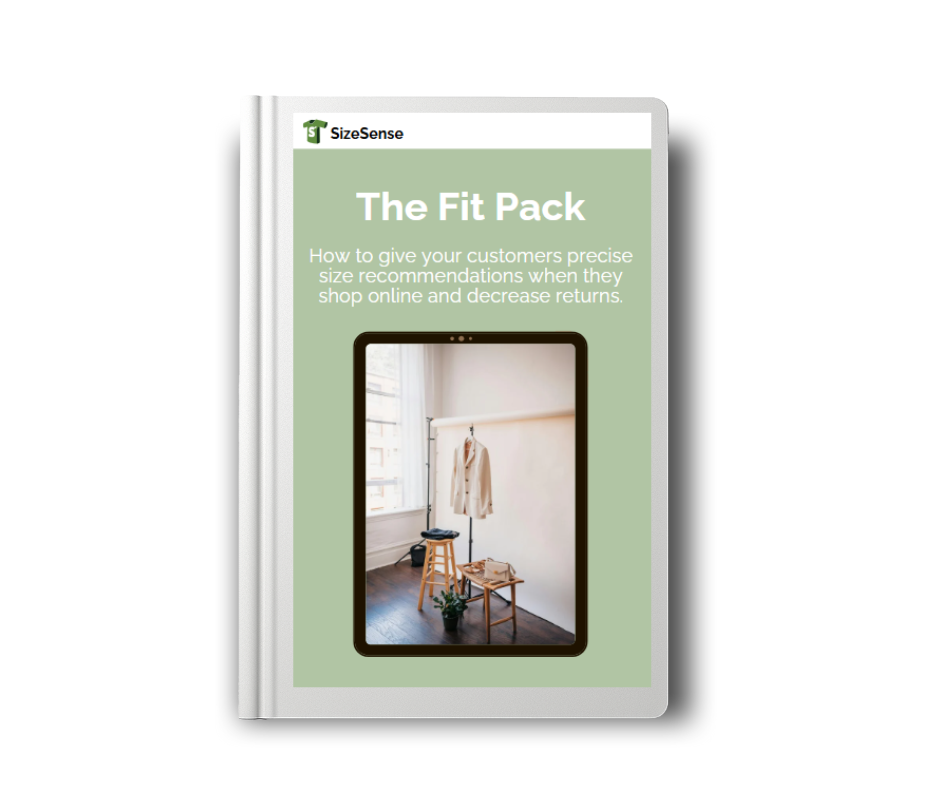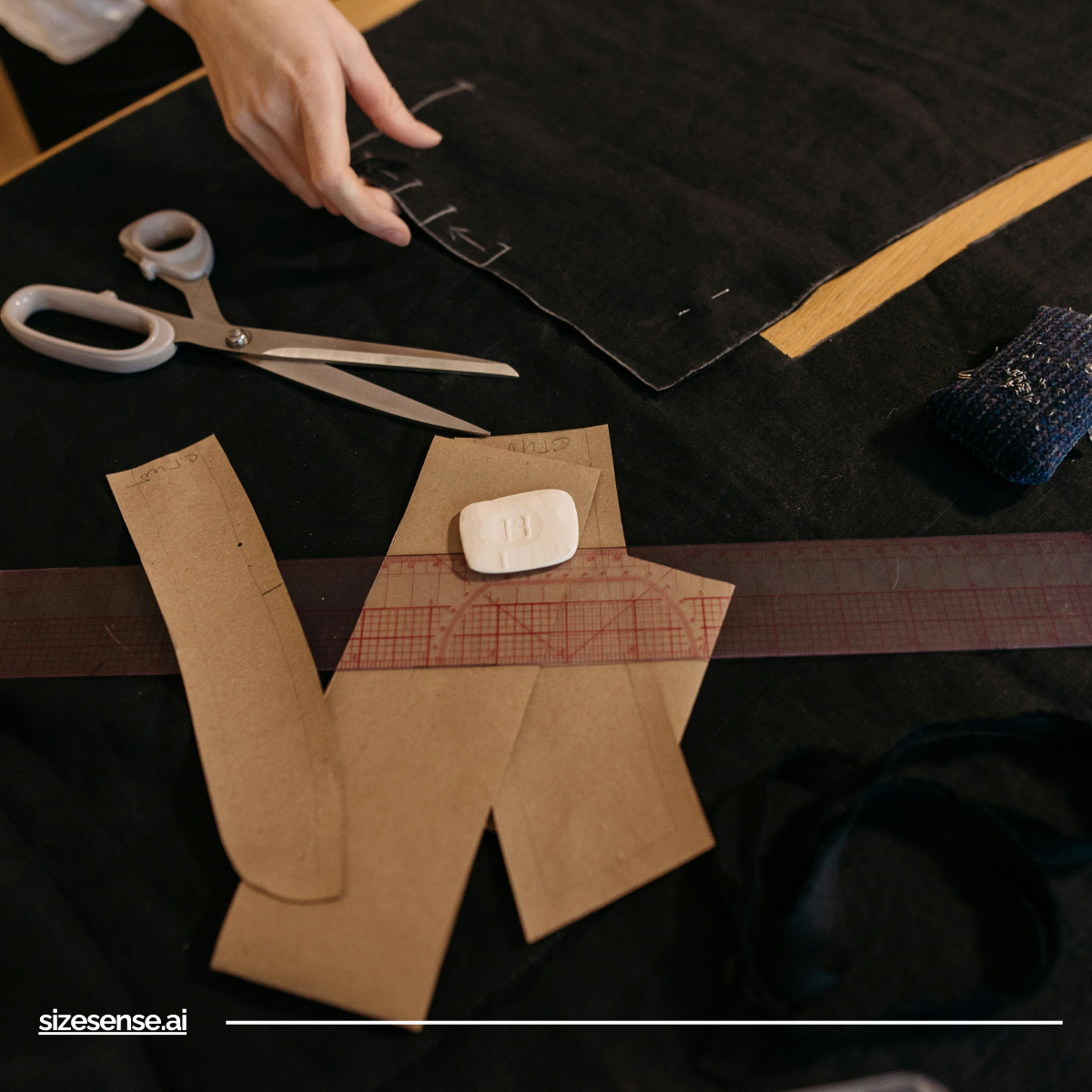Let’s talk about what actually makes clothing fit well – because it’s not just about choosing the “right size.”
In reality, well-fitting clothes are the result of intentional design decisions made long before a customer clicks “Add to Cart.” From fabric choice to technical execution, creating garments that truly fit takes more than guesswork – it takes mastery.
Here are the four foundational elements every fashion brand must get right to deliver well-fitting clothes that delight customers and reduce returns.
1. Adequate Ease
Ease is one of the most overlooked but crucial elements of fit. It refers to the difference between a customer’s body measurements and the garment’s measurements.
There are two types:
- Functional ease: provides room for movement and comfort.
- Design ease: adds aesthetic value, shaping the silhouette or style.
If customers frequently say your pieces “run small,” it’s often due to insufficient ease. Fixing this one element can drastically improve how your clothes fit and feel, making them truly well-fitting clothes your customers will want to wear again and again.
2. Fabric Elasticity
Elasticity is the quiet hero of garment fit. Using the same pattern for both a rigid cotton and a stretch jersey? That’s a recipe for disappointment.
Stretch fabrics behave differently and must be accounted for in both design and sizing. Neglecting this step can turn a promising design into an ill-fitting disappointment. Smart brands know that to create well-fitting clothes, the fabric must guide the pattern – not the other way around.
3. Set (A Smooth, Wrinkle-Free Fit)
Wrinkles and drag lines are more than aesthetic issues – they’re red flags. They often signal that a garment is too tight or too loose in key areas.
This is where a meticulous sampling process comes in. Garments should be tested on real bodies, not just dress forms, and any drag lines corrected before mass production. This ensures your customers experience well-fitting clothes that look polished and feel right.
4. Line (How the Garment Hangs)
Fit isn’t just about measurements – it’s about balance. Seams like side seams, center fronts, and center backs should fall straight and perpendicular to the floor.
Crooked lines and twisting panels signal construction or patterning issues that undermine the quality of fit. During quality control, checking garment line can make the difference between an “okay” piece and one that truly qualifies as a well-fitting garment.
Great Fit Is a Brand Statement
At SizeSense.ai, we believe that well-fitting clothes aren’t just technical achievements – they’re emotional ones. When garments fit well, customers feel confident, seen, and respected. That kind of connection can’t be faked – and it can’t be achieved without intention.
Fit isn’t just science. It’s trust.
Want to reduce returns and elevate your customer experience?
Start by focusing on fit. Because in fashion, well-fitting clothes aren’t just good design – they’re good business.
Get a FREE copy of our eBook
Boost Sales and Customer Loyalty and Decrease Returns For Your Fashion Brand!

Get a free copy of our eBook. Discover how to why size Isn’t just a number, how to reduce returns and what you need to make your brand ready to use SizeSense.ai

Leave a Reply
You must be logged in to post a comment.